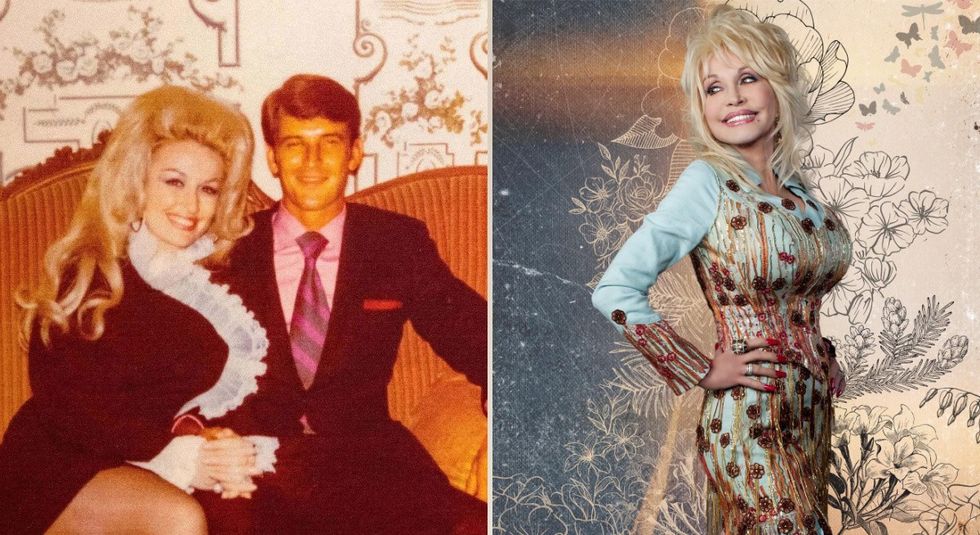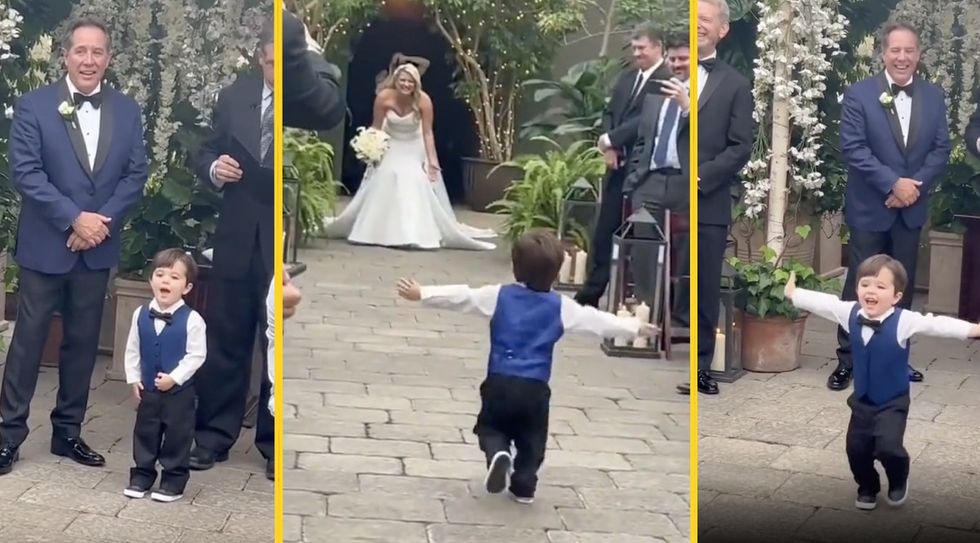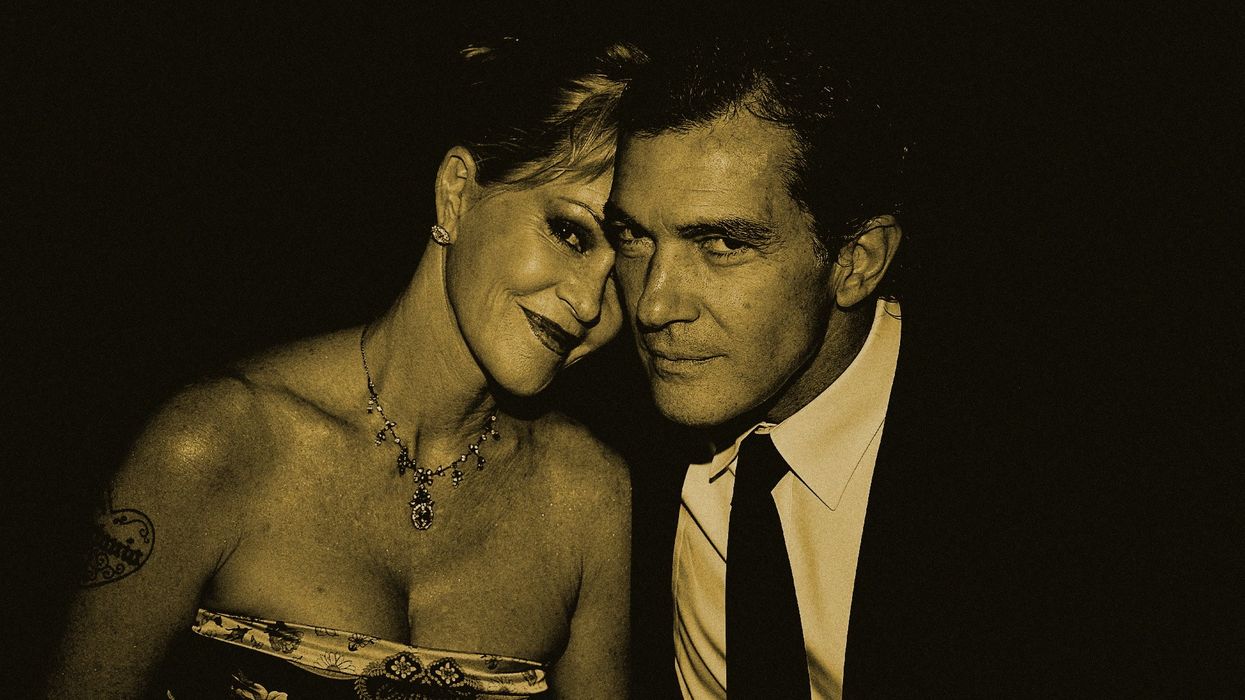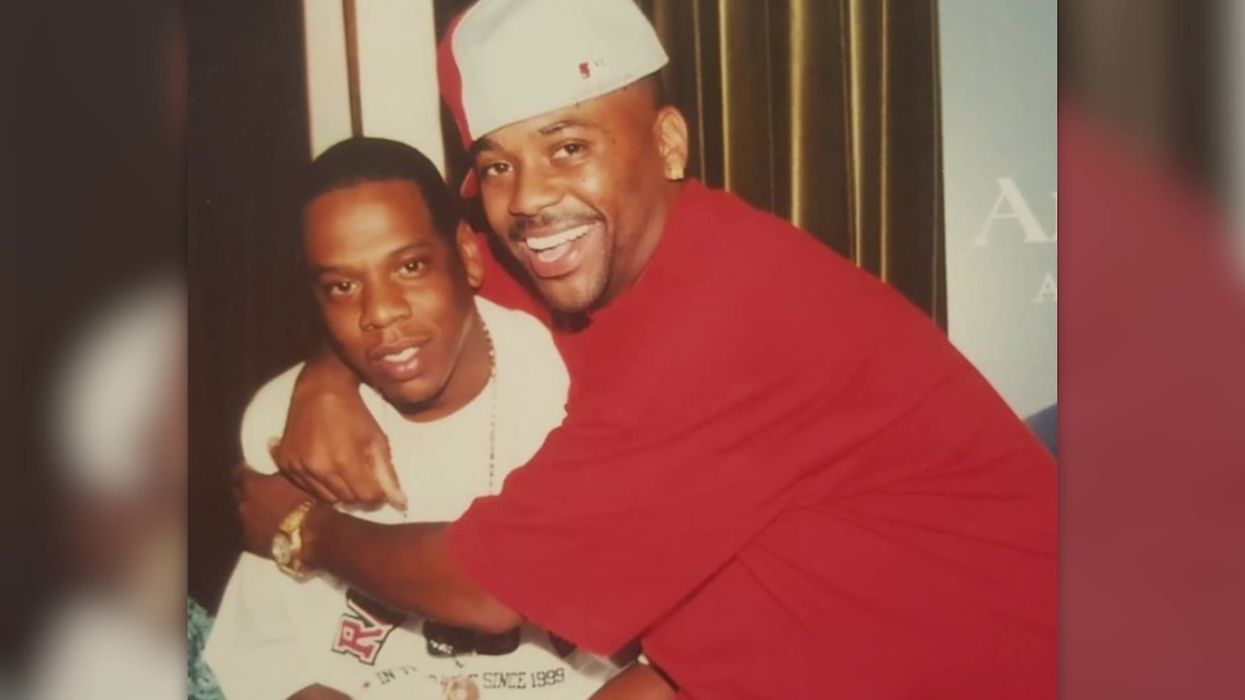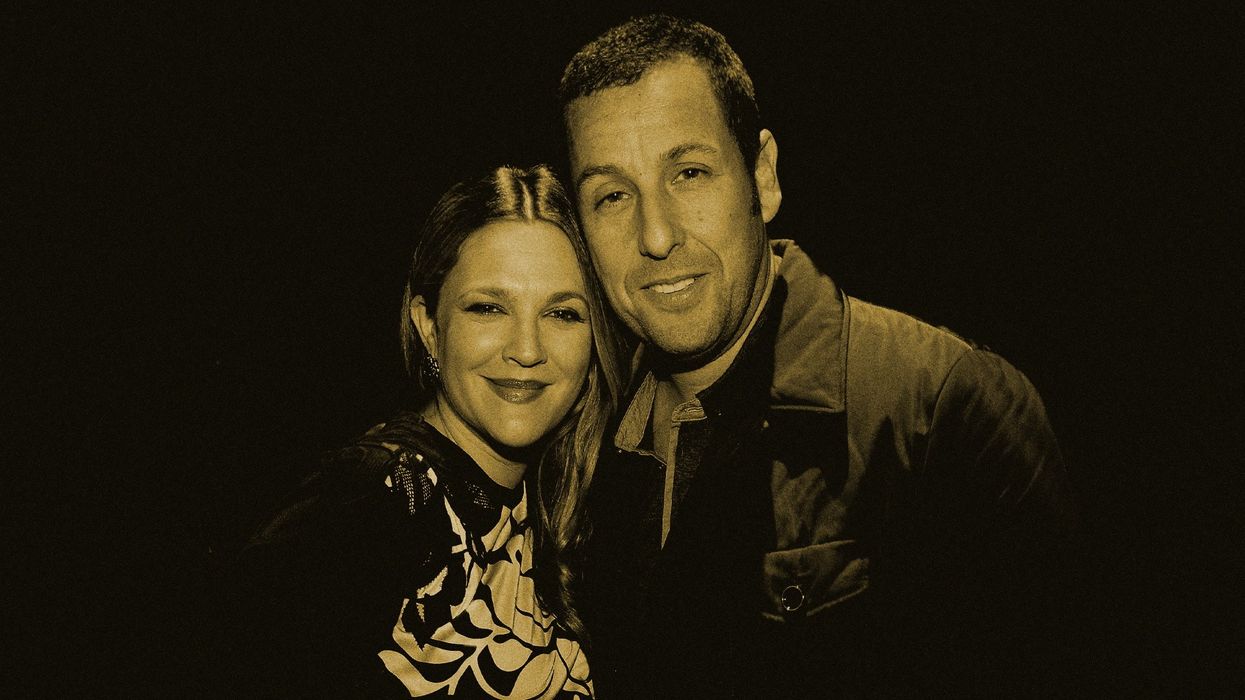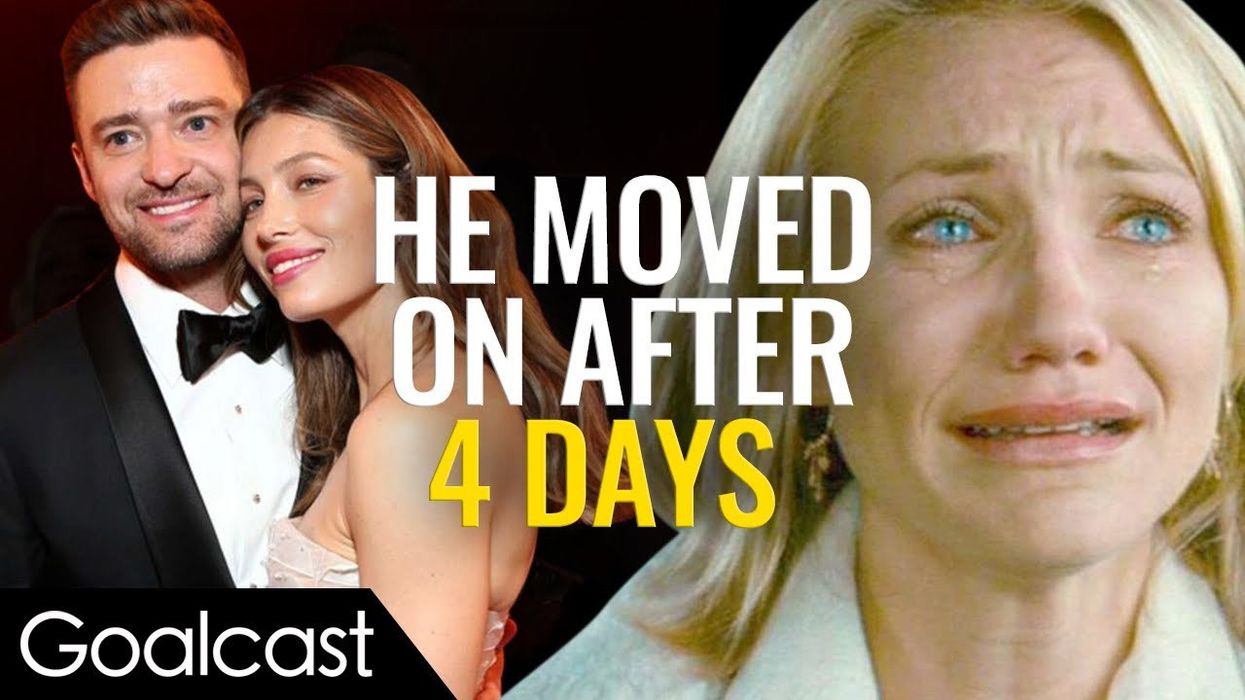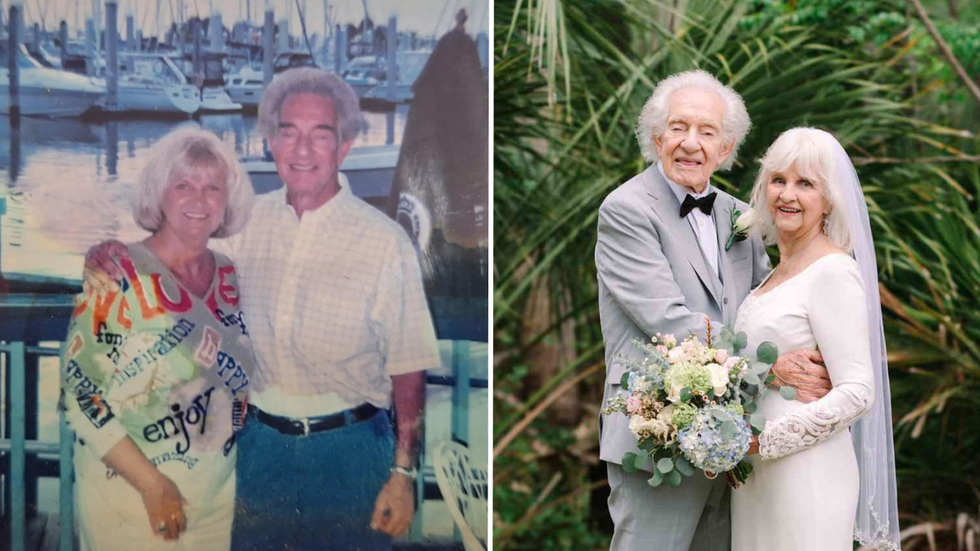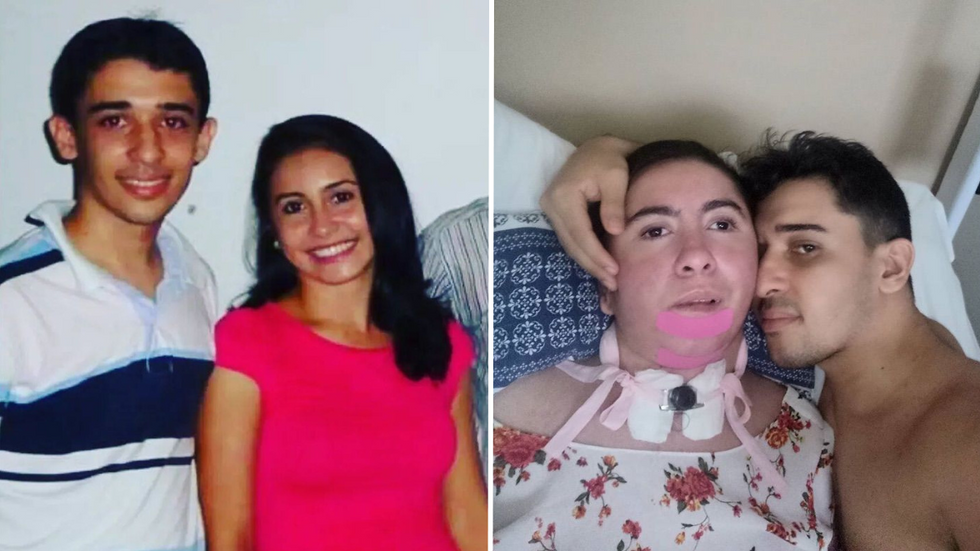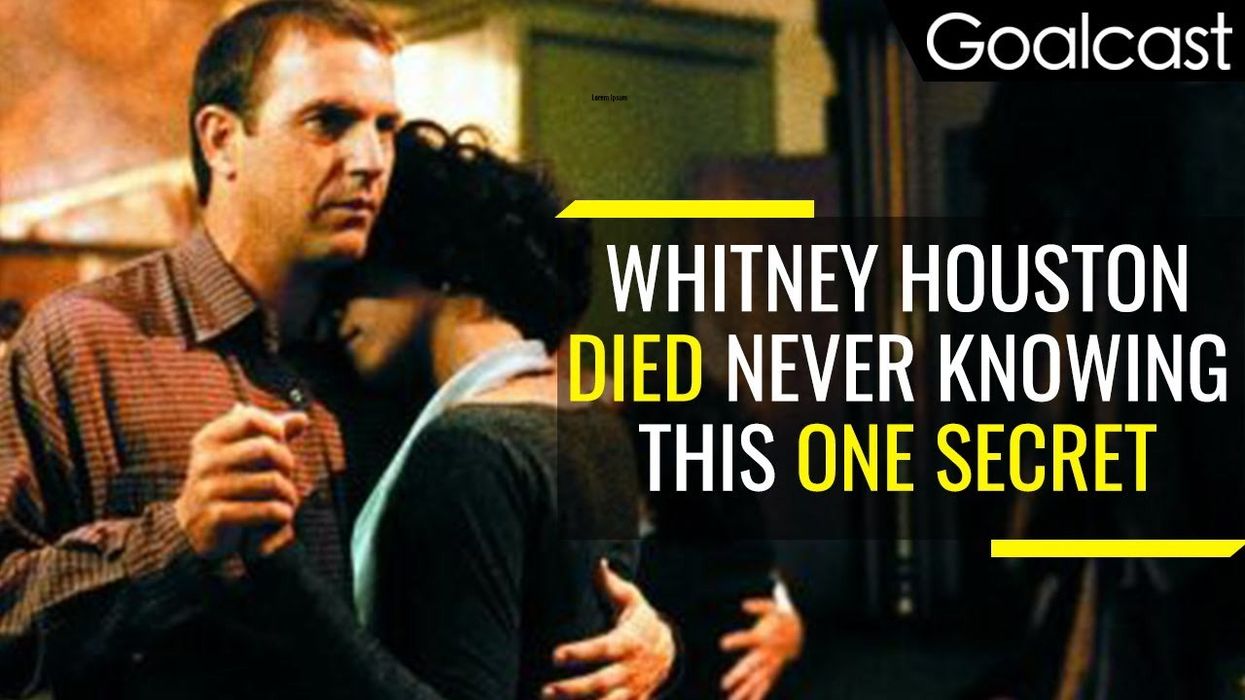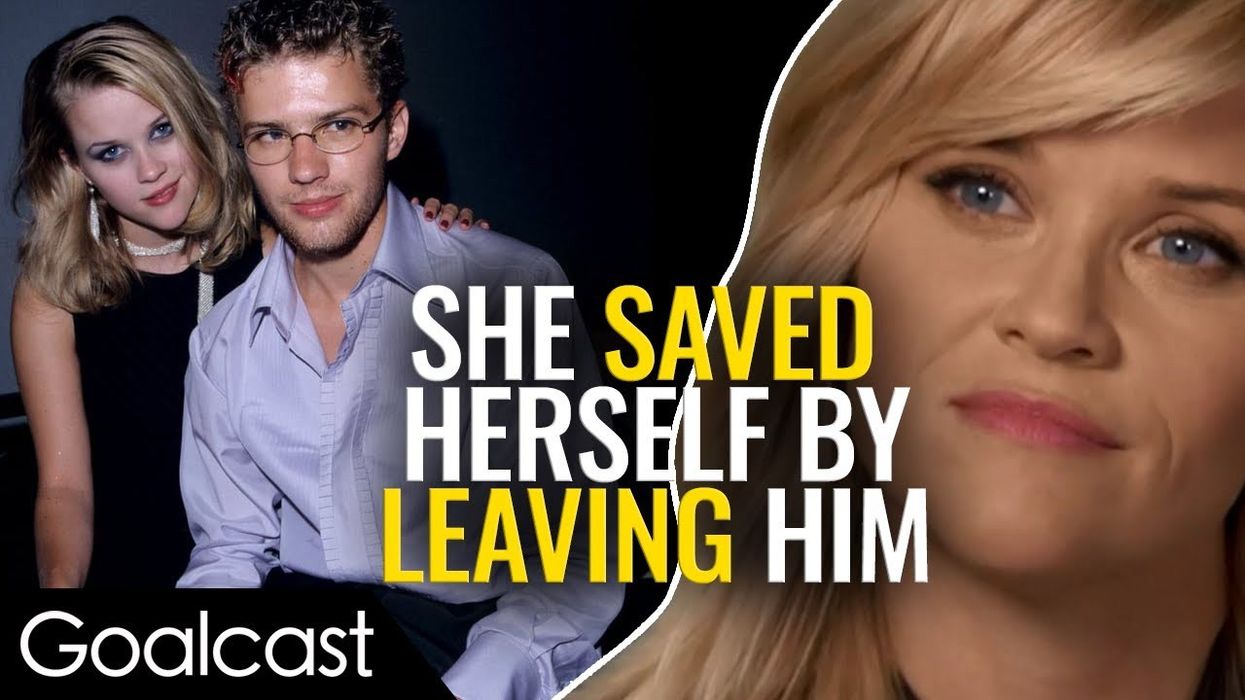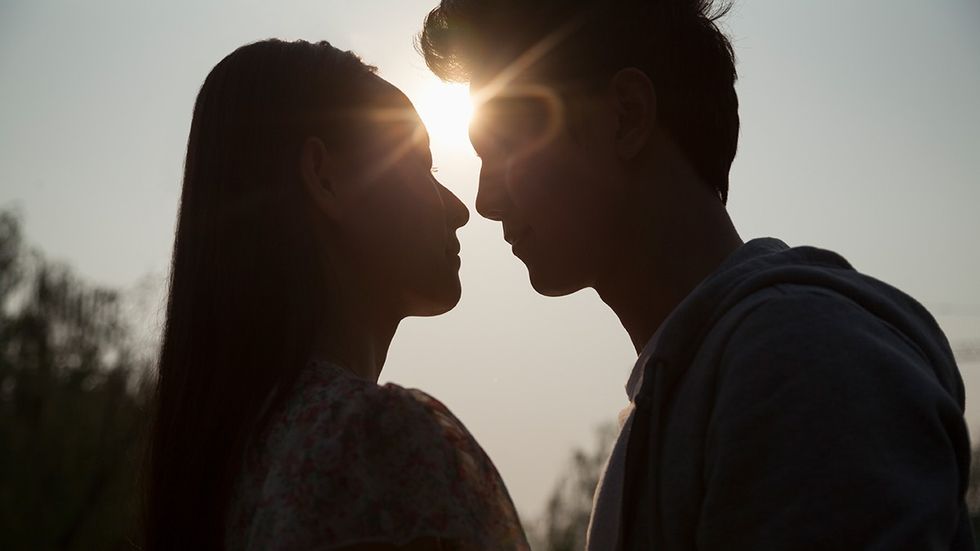
Love at First Sight: Does it Exist in Today's World?
Love at first sight has become an increasingly difficult concept to believe in today's world, as dating has evolved. But is it completely obsolete?
Do you believe in love at first sight?
We’ve seen this romantic phenomenon play out again and again in movies and love songs, and some lucky few may have even experienced it in our own lives.
Here’s how the story usually goes: Two people are minding their own business, just living their lives. They may be at work, hanging out with friends, or in a crowded train. Suddenly, they lock eyes and—bam—their heart starts fluttering, their knees go weak, they might even lose self control. They are entranced, feel a magnetic pull, and boom - love at first sight.
Or, in a more modern scenario, perhaps someone is swiping through photos on a dating app when they happen upon a certain face. This person gives them a visceral reaction of instant attraction, even without having seen them in real life. They feel the overwhelming need to connect with this person and start typing out a message, only to stop and start dozens of times trying to get the wording just right.
No matter where it happens, love at first sight can make you feel elated, and also emotionally out of control. Your body and your feelings basically take over before the rational part of your brain can catch up, before you've even asked a question. Here’s what you need to know about this fascinating romantic occurrence and how it can translate into finding true love.

Is this kind of instant attraction real?
First, let’s break down the reality of love at first sight. Is it actually a real thing? According to people at large, the answer is an enthusiastic yes. A poll in 2017 found that 61% of women and 72% of men think that love at first sight is for sure real.
There’s also a biologically imperative to love at first sight, and falling in love in general. Finding a romantic partner typically leads to sex, which in turn gives people a way to spread their DNA to the next generation. While we don’t generally think of romance this way, humans do have an internal drive to find love in order to procreate and continue our species.
Scientific research also confirms that people fall in love easily and we fall hard. According to neuroscience research published in The Journal of Sexual Medicine that explored love and the brain, it only takes a fifth of a second to fall in love. In that short amount of time, 12 areas of your brain work together to release chemicals and hormones that induce the love at first sight feeling. Crazy, right?!
But love at first sight doesn’t always happen the way the scenario is portrayed in movies. Another study on love at first sight from the Netherlands explored love at first sight by asking both men and women to complete surveys about potential romantic partners in different contexts. Researchers showed the study participants photos of different people in a lab setting, had people meet face-to-face in-person and allowed people to see images of potential mates online to discover how different settings could make a difference.
What did they find out? Not only does love at first sight exist, but it’s more nuanced than we might think. First, more men than women reported experiencing love at first sight. This could be in part because men tend to be more visual than women, making first impressions in person or in photos more impactful for them.
Researchers also found that love at first sight typically occurred with people who were more physically attractive. So, if someone was particularly good looking, it was more likely that someone else would say they felt like they’d fallen in love with that attractive individual.
Finally, the study found that love at first sight isn’t usually a two-way street. The research showed that it was usually a one-sided event where one person was totally smitten with another person. Mutual love at first sight was not very common, at least in this particular data set.
How does love at first sight happen?
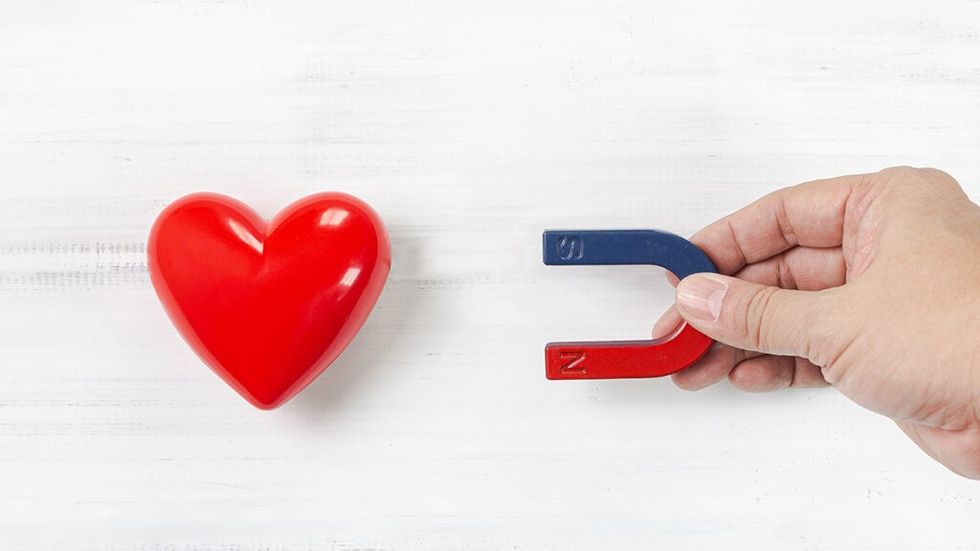
The science behind what happens in your body when you fall in love is a fascinating part of human psychology.
Today, according to research, love is a complex psychological state with four distinct dimensions: perception, chemistry, behavior-reward systems and the desire to be with a partner. There are also two stages to romantic love, the first of which is a subscious stage where you’re not even sure what’s really happening logically. And there’s where love at first sight falls.
Love at first sight is an immediate reaction and it’s highly dependent on your first impression of another person—particularly how they look, as evidenced by the aforementioned Netherlands study. But, you could also be suddenly smitten by the sound of someone’s voice, their smell, how they look at you or how they are dressed. These are all visual cues for your brain that may spark the love at first sight feeling.
Your brain will immediately—remember, one-fifth of a second!—produce two key chemicals: dopamine and serotonin. Dopamine creates feelings of pleasure and reward, which motivates you to repeat a specific behavior. In the case of love at first sight, that behavior is being around the person to whom you’re suddenly attracted and continuing to connect with them.
Serotonin is the key hormone for stabilizing our mood and creates feelings of well-being and happiness. This duo is a powerful combination, making you want to continue to get to know this person, talk with them and be around them because of the way they’ve made your brain react—and, in turn, the way they’ve made you feel.
Another important chemical reaction is what neuroscience defines as our adaptive oscillators. When you feel that love at first sight sensation, you seem to have an almost gravitational pull toward the person you’re attracted to. This happens when you lock eyes with that person and they return your eye contact. This is what really connects two people and makes the reward circuit in your brain go haywire. According to neuropsychotherapist Dr Trisha Stratford, a brain in love looks a lot like the brain of someone high on heroin.
The pull of love at first sight is hard to resist
Once you’ve fallen in love at first sight, it’s nearly impossible to go back. Those adaptive oscillators are part of the brain’s orbitofrontal complex, which is in charge of forming social attachments and regulating emotions, as well as plays a role in our decision making.
As these adaptive oscillators “lock” between you and another person, a loop of pleasure and reward forms. Your feelings will intensify and this pull will soon drive you to get closer and closer until you have your first kiss.
The key here is that the other person has to reciprocate that legitimate interest for true love at first sight to occur. Both people have to be all in. Otherwise, your brain won’t produce those key chemicals to make you feel like you’re falling in love and you won’t feel that rush of needing to know every last detail about that person ASAP. (Not to mention the feeling that you need to put your lips on theirs, like, yesterday.)
If the person you’re suddenly attracted to doesn’t make eye contact with you or they signal that they’re just not that into you, your brain won’t have that huge chemical reaction. But there’s no harm done. Without that motivation-reward circuit activated, you’ll just move on to find someone else.
What are the physical signs of love at first sight?
Love at first sight is clearly a very powerful mental state. So much so, in fact, that when you experience this phenomenon, it can manifest into physical symptoms in your body. Here are some of the most common sensations you’ll feel.
Butterflies in the stomach
The flutters in your gut can be a combination of feelings. There’s the excitement of meeting someone you really, really like. And then there’s the anxiety of meeting someone you really, really like. You might feel a little bit nauseous or have a loss of appetite when you experience love at first sight because those butterflies can be so intense that they produce an almost sick feeling in your stomach.
Tunnel vision
You might feel like the rest of the room has totally disappeared, except for that one person. While the world is going on around you, you’re so focused on the object of your sudden affection that everything else has fallen away. You might even experience a loss of hearing as well if someone else tries to talk to you and interrupt your conversation. When it comes to love at first sight, the brain is locked onto the new object of your affection and doesn’t pay much attention to anything, or anyone, else.
Sweating
Is it hot in here or is it just the person you spontaneously fell in love with? When you experience love at first sight, your body temperature can rise, causing your palms, and your pits, to get sweaty. Some of these physical sensations could be caused by nerves, since feeling anxious can make people sweat. But if you’re feeling flushed, it’s just a totally normal symptom of immediate infatuation.
Inability to stop smiling
Falling in love makes us happy—hello, serotonin!—so if you have a smile that just won't leave your face, this is a very common symptom of love at first sight. Smiling also makes us more attractive and more receptive to other people, so there could also be a biological component to smiling when we’re in love to keep the other person attracted and interested.
Hyperactivity
You may feel your heart rate speed up, almost like your heart is going to beat right out of your chest. You could also have a decreased need for sleep, which explains why two people can stay up talking all night on their first meeting.
Sixth sense
When you fall in love at first sight, you may have an inner knowing that this person is right for you, or even like you have known this person forever, even though you’ve just met. There’s almost an unexplainable sense of familiarity that makes you feel comfortable around this person even though they’re virtually a stranger to you..
Does love at first sight lead to a lasting relationship?
Honestly, it depends. While immediate attraction can certainly lead to a passionate love, it’s not a predictor of relationship success. Remember the Netherlands study? Love at first sight is a highly physical event—people tend to instantly fall in love with those who they’re physically attracted to. Just because someone looks good doesn’t mean they’re a good match in the long run.
Typically, the honeymoon phase of a relationship lasts around six months. After that, people start to see each other’s quirks, red flags and annoying habits, as well as start to really appreciate their respective positive characteristics. As the initial attraction wears off and a real picture of the other person emerges, you may or may not like what you see. In some cases, you may fall deeper in love with someone once you get to know them better. Or, you might be suddenly put off by certain qualities that you happened to overlook in the beginning of your relationship.
While love at first sight is exciting, real love takes time to develop. There are two phases of love, after all. The first being subconscious—love at first sight falls here—and the second being conscious. In this second phase, you’re no longer overtaken by your brain chemicals gone crazy, you actually desire to be in a relationship with a specific person. This is the difference between infatuation and true love.
In short, falling in love at first sight makes for a good story to tell the grandkids but it definitely isn’t a requisite for finding true love. There’s even a case to be made for being friends before becoming a couple or at least going on a few dates and letting your feelings grow over time.
While slow-and-steady love stories may not have the same way of wowing us as those that started with instant fireworks, they’re just as meaningful—and these relationships may even last longer, too. When friendship and shared values form the basis of a relationship, two people can come together with mutual respect, a common worldview and a foundation of trust. This means that when the initial sparks fade, you’ll find yourself in a partnership with someone you truly care about—and who deeply cares about you—not just someone who’s hot.
Before you go
If you’re looking for love, just know that you don’t need to lock eyes with a stranger and experience love at the first meeting in order to find your person.
While instant attraction is fun and exciting, building toward love one step at a time will likely be more lasting—and more fulfilling emotionally. And who knows? Maybe you’ll meet that person tonight, or perhaps you and your current partner are already on the way there.












